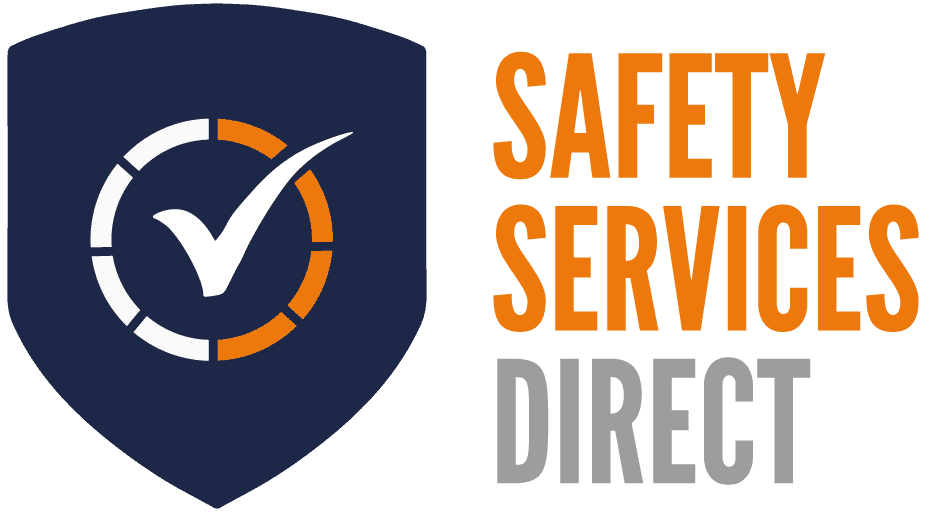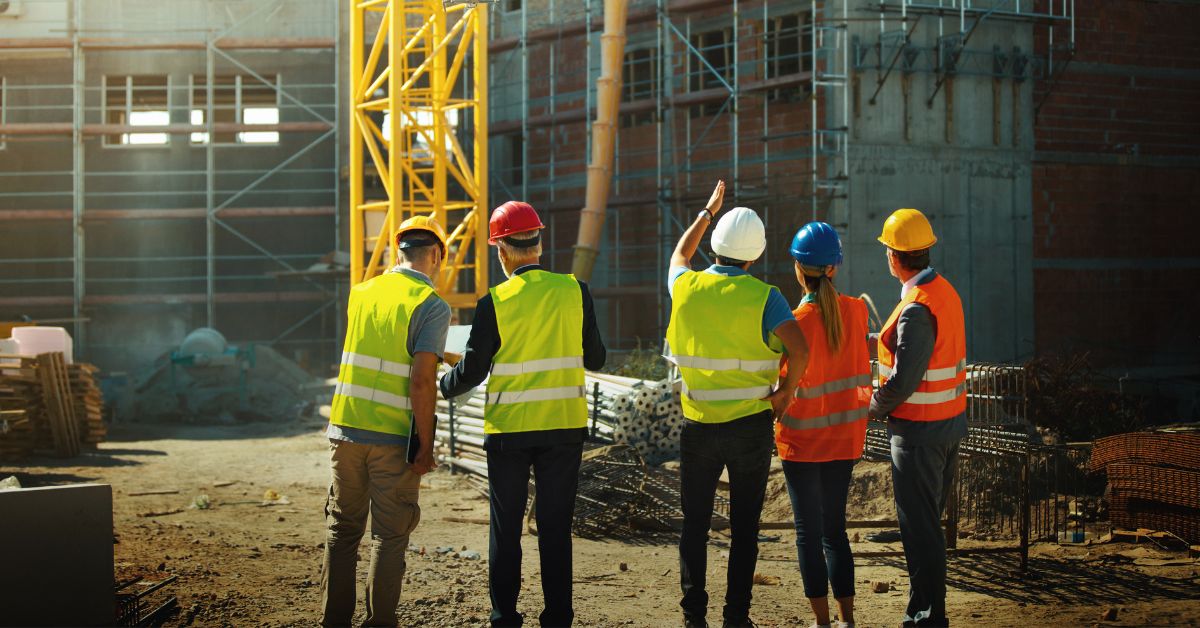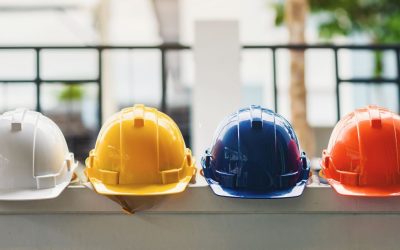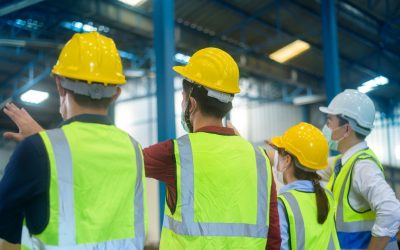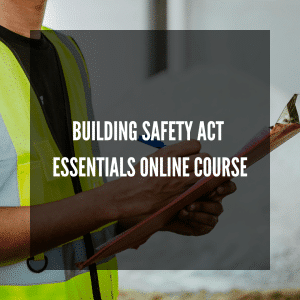Construction sites are inherently dangerous, with heavy machinery, moving objects and harmful dust just being part of the parcel. Which is why health and safety on building sites is not just about compliance; it’s about safeguarding lives and ensuring a productive working environment.
As a trusted UK health and safety advisory, Safety Services Direct is committed to promoting best practices in the construction industry. So in this article, we’re sharing our top ten essential health and safety rules that can help maintain a safe working environment on construction sites.
The Importance of Health & Safety Rules on Building Sites
Construction sites present numerous health and safety risks, as elevated work areas, abrasive wheels and hazardous materials are just a few of the risks present. Implementing robust health and safety rules is therefore crucial to:
- Prevent Accidents and Injuries: Proper safety measures reduce the likelihood of accidents, protecting workers from potential harm.
- Promote Efficiency and Productivity: A safe site minimises disruptions caused by accidents, allowing work to proceed smoothly.
- Ensure Legal Compliance: Adhering to relevant health and safety regulations helps avoid legal penalties and fosters a positive reputation.
10 Top Health and Safety Procedures
Now, let’s delve into the ten key health and safety rules every building site should enforce.
1. Prioritise Personal Protective Equipment (PPE)
PPE is the first defence against many construction site hazards. PPE includes items such as helmets, gloves, high-visibility clothing, safety boots, and eye protection. It is essential that all workers wear appropriate PPE at all times. Regular checks should be conducted to ensure PPE is in good condition, and workers must be trained on the correct use and maintenance of their equipment. Our online PPE training course offers the ideal solution.
2. Induct New Workers on Sites
Every worker must undergo a thorough site induction before starting work. This induction should cover the site layout, specific hazards, emergency procedures, and health and safety policies. A comprehensive induction ensures that all personnel are aware of the site-specific risks and know how to act safely and responsibly. There are also online health and safety induction options, like ours, to make things simple for employees and organisations.
3. Conduct Risk Assessments
Conducting thorough risk assessments is a fundamental step in identifying and mitigating potential hazards. Construction risk assessments involve evaluating the site, identifying risks, and implementing measures to control or eliminate them. Regularly updating these assessments ensures that new risks are promptly addressed, keeping the work environment safe for everyone. A risk assessment can be outsourced to a health and safety executive like SSD, or an employee can receive risk assessment training in order for this to be handled in-house.
4. Train in the Safe Use of Machinery and Equipment
Machinery and equipment are essential on construction sites but pose significant risks if not used correctly. Operators must be trained and certified, and machinery should undergo regular maintenance and safety checks. Clear guidelines for the safe use of equipment, along with supervision and monitoring, are critical to preventing accidents on construction projects.
5. Prioritise Safety When Working at Heights
Working at heights presents unique risks, including falls that can result in serious injuries or fatalities. Safety measures such as scaffolding, harnesses, and guardrails must be in place. Workers should receive specialised training for working at heights, and strict supervision should ensure that safety protocols are always followed.
6. Handle Manual Handling Carefully
Manual handling tasks, such as lifting and carrying, can lead to serious injuries if not performed correctly. Workers should be trained in proper lifting techniques and encouraged to use mechanical aids whenever possible. Regular safety training sessions and reminders about safe manual handling practices can significantly reduce the risk of injury. Manual handling risk assessments can also be invaluable for identifying and mitigating risks.
7. Handle Hazardous Materials With Care
Construction sites often involve the use of hazardous materials like asbestos, chemicals, and dust. Proper storage, handling, and disposal procedures must be established and followed. Workers need training on how to deal with these materials safely and how to use personal protective equipment to minimise exposure.
8. Keep the Site Clean and Organised
A tidy site is a safe site. Keeping the site clean and organised helps prevent slips, trips, and falls. Designate specific areas for waste and materials, and conduct regular site inspections to ensure cleanliness and order are maintained. An organised site not only enhances safety but also improves overall efficiency.
9. Communicate Emergency Procedures
Clear and well-communicated emergency procedures are vital. Common emergencies on building sites include fires, accidents, and hazardous material spills. All construction workers should be trained on emergency response actions, and regular drills should be conducted to ensure everyone knows what to do in an emergency. Having well-defined evacuation routes and accessible first aid stations is also crucial.
10. Communicate and Report
Open communication about health and safety is essential. Encourage workers to report any hazards, near-misses, or accidents immediately. Establish a clear reporting procedure and ensure that all reports are taken seriously and addressed promptly. Supervisors and health and safety officers play a crucial role in facilitating communication and maintaining a culture of safety.
Want to Improve Site Safety?
Following these ten key health and safety rules can make a huge difference when it comes to reducing the risks on construction sites. A safety-first approach not only protects workers but also promotes a productive and compliant work environment. Safety Services Direct is, as we’ve been for the last 20 years, here to support you with expert advice, training courses, and comprehensive health and safety solutions.
For more information on how to ensure the highest standards of health and safety on your construction site, give us a call at 0121 348 7828. Together, we can build safer, more efficient workplaces.
